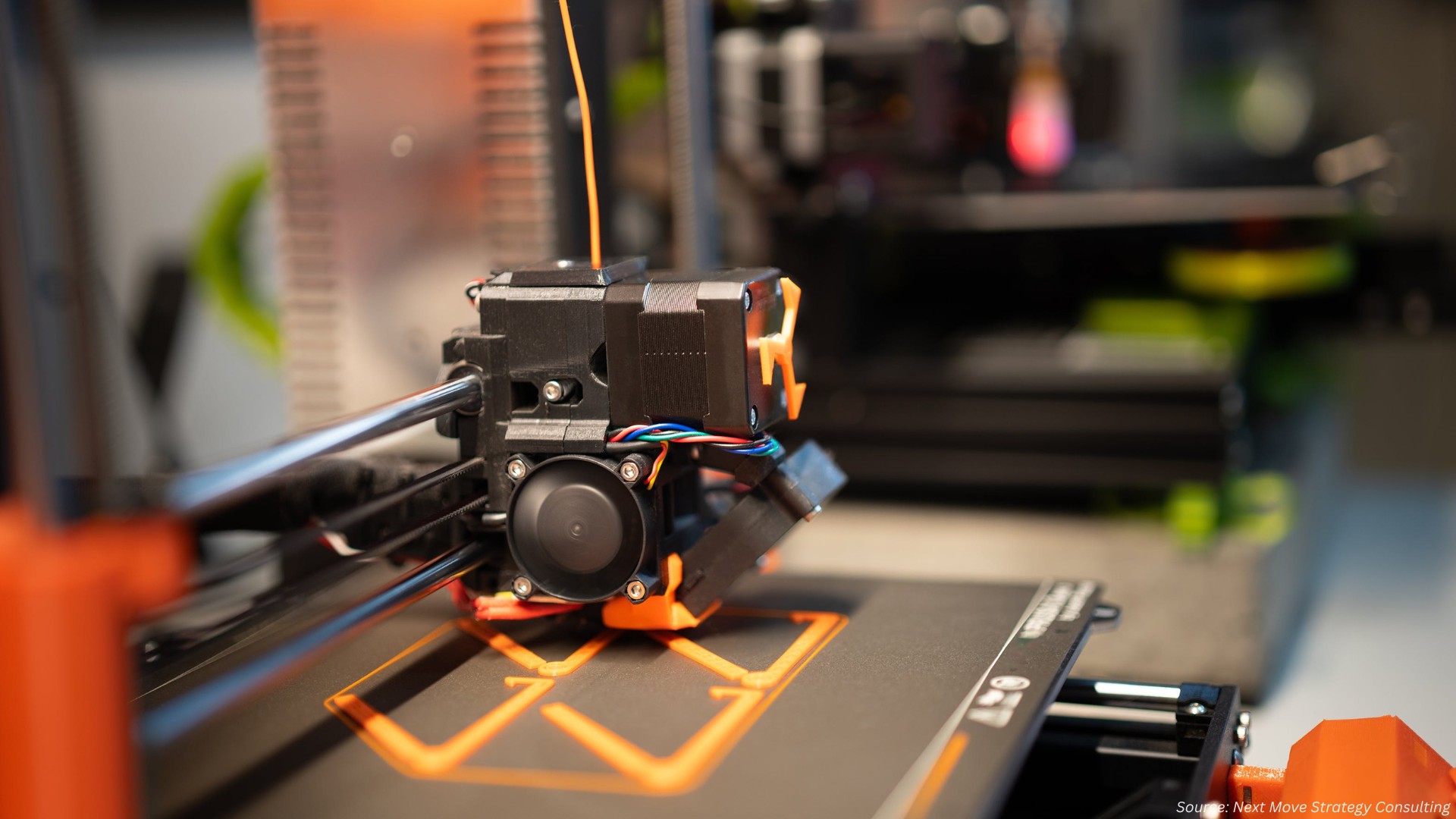Spain Robot Software Market is Expected to Reach USD 836.0 Million by 2030
Published: 2025-02-24
Rising labor costs and workforce challenges and growing focus on safety and compliance are driving up the Spain Robot Software Market demand during the forecast period.
The Spain Robot Software Market size was valued at USD 182.5 million in 2023, and is expected to reach USD 836.0 million by 2030, with a CAGR of 23.3% from 2024 to 2030, according to the new research by Next Move Strategy Consulting. The escalation of labor costs and ongoing workforce challenges indeed acts as significant drivers propelling the expansion of the robot software market in the country. With companies grappling with rising labor expenses, particularly in labor-intensive sectors, they are actively seeking avenues to mitigate costs while sustaining productivity levels.
This trend has triggered widespread adoption of automation technologies, industrial robots, aimed at streamlining operations and reducing dependence on human labor. Central to this transition is the pivotal role played by robot software, facilitating efficient programming, management, and optimization of robotic systems. Through advanced software solutions, organizations can adeptly control and coordinate their robotic workforce, enhancing operational efficiency and productivity.
Moreover, workforce challenges such as skill shortages and demographic shifts further incentivize businesses to invest in robot software solutions. Given the scarcity of skilled labor in specific industries and the impact of demographic changes on workforce availability, automation through robot software emerges as an increasingly attractive option to ensure uninterrupted operations and sustain competitiveness in the robot software market.
Consequently, the Spain robot software market growth experiences companies recognize the value of automation in tackling labor-related challenges and improving operational efficiency. By investing in sophisticated robot software solutions, firms can optimize their operations, curtail labor costs, and retain competitiveness amidst evolving market dynamics.
Similarly, the mounting focus on safety and compliance acts as a significant driver propelling the Spain robot software market expansion in the country. With organizations prioritizing workplace safety and regulatory adherence, there's a heightened recognition of the significance of adopting robot software solutions that guarantee the safe and compliant operation of robotic systems. Robot software assumes a critical role in this aspect by integrating essential safety features, risk assessment tools, and compliance frameworks. These measures serve to mitigate the risk of accidents and ensure alignment with industry regulations and standards. As the regulatory landscape evolves, there emerges an augmented demand for robot software facilitating real-time monitoring, reporting, and documentation of safety and compliance metrics.
By effectively addressing these concerns and furnishing robust solutions for safe and compliant operation, the heightened focus on safety and compliance propels the adoption of robot software across industries. Organizations discern the value of investing in such solutions to enhance workplace safety, mitigate risks, and ensure regulatory compliance.
Overall, the emphasis on safety and compliance not only stimulates the adoption of robot software but also fuels market growth by addressing critical industry imperatives. As organizations increasingly prioritize safety and compliance, the demand for advanced robot software solutions is poised to persist, further driving the Spain robot software market demand.
However, the substantial upfront investment required to procure robot hardware poses a notable barrier to the Spain robot software market expansion in the country. Acquiring robot hardware entails significant initial costs, encompassing the acquisition of robotic systems, peripherals, and associated equipment.
These expenses can be particularly burdensome for small and medium-sized enterprises (SMEs) or organizations operating with constrained budgets. The significant financial commitment necessitated for robot hardware may dissuade potential adopters from investing in robot software solutions, notwithstanding their acknowledgment of the potential long-term benefits.
Additionally, the high initial investment may entail prolonged return on investment (ROI) periods, leading to extended payback periods and impeding the scalability of robot deployments.
On the flip side, the advent of digital twins and simulation software presents promising opportunities in the market by furnishing advanced tools for modeling, testing, and optimizing robotic systems in the country. Digital twins generate virtual replicas of physical robots and their environments, facilitating real-time monitoring, analysis, and predictive maintenance.
Correspondingly, simulation software empowers users to simulate various scenarios and environments, validating robot software algorithms and refining performance before actual deployment. These technologies offer substantial benefits, encompassing reduced development time and costs, enhanced scalability, and improved risk management. Furthermore, digital twins and simulation software foster collaborative development and training, enabling stakeholders to iteratively refine robot software solutions more effectively.
By providing robust tools for design, testing, and optimization, the emergence of digital twins and simulation software propels innovation and accelerates the adoption of robot software across diverse industries.
Request for a Sample PDF on the Spain Robot Software Market
Several key market players operating in the Spain robot software industry include IBM, NVIDIA, ABB Ltd., FANUC, Teradyne, Inc., H2O.ai, Brain Corp, CloudMinds, Clearpath Robotics, and Neurala, Inc. These market players are adopting strategies to maintain their dominance in the market.
Key Insights from the Spain Robot Software Market Report:
-
The information related to key drivers, restraints, and opportunities and their impact on the Spain robot software market is provided in the report.
-
The value chain analysis in the Spain robot software market study provides a clear picture of the roles of each stakeholder.
-
The report provides an analysis of the Spain robot software market share and competitive landscape of key players in the industry.
















Add Comment